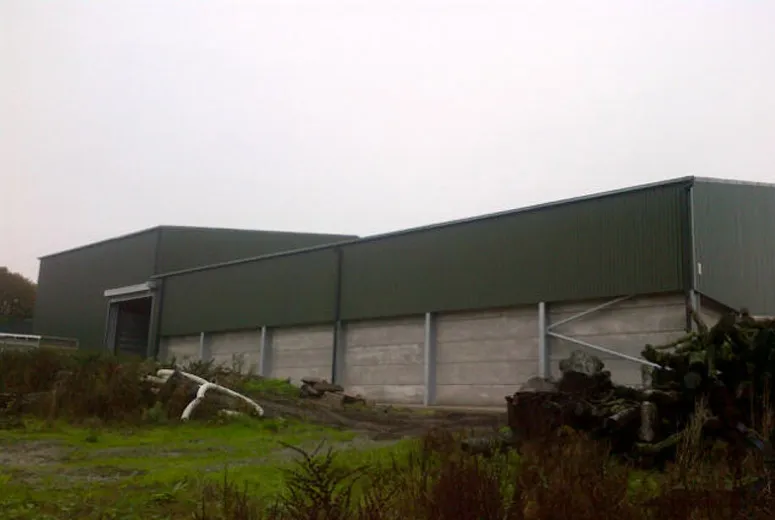- Afrikaans
- Albanian
- Amharic
- Arabic
- Armenian
- Azerbaijani
- Basque
- Belarusian
- Bengali
- Bosnian
- Bulgarian
- Catalan
- Cebuano
- Corsican
- Croatian
- Czech
- Danish
- Dutch
- English
- Esperanto
- Estonian
- Finnish
- French
- Frisian
- Galician
- Georgian
- German
- Greek
- Gujarati
- Haitian Creole
- hausa
- hawaiian
- Hebrew
- Hindi
- Miao
- Hungarian
- Icelandic
- igbo
- Indonesian
- irish
- Italian
- Japanese
- Javanese
- Kannada
- kazakh
- Khmer
- Rwandese
- Korean
- Kurdish
- Kyrgyz
- Lao
- Latin
- Latvian
- Lithuanian
- Luxembourgish
- Macedonian
- Malgashi
- Malay
- Malayalam
- Maltese
- Maori
- Marathi
- Mongolian
- Myanmar
- Nepali
- Norwegian
- Norwegian
- Occitan
- Pashto
- Persian
- Polish
- Portuguese
- Punjabi
- Romanian
- Russian
- Samoan
- Scottish Gaelic
- Serbian
- Sesotho
- Shona
- Sindhi
- Sinhala
- Slovak
- Slovenian
- Somali
- Spanish
- Sundanese
- Swahili
- Swedish
- Tagalog
- Tajik
- Tamil
- Tatar
- Telugu
- Thai
- Turkish
- Turkmen
- Ukrainian
- Urdu
- Uighur
- Uzbek
- Vietnamese
- Welsh
- Bantu
- Yiddish
- Yoruba
- Zulu
Nov . 05, 2024 10:37 Back to list
The Rise of Skeleton Steel Framing in Modern Architecture
In the realm of architectural design and construction, skeleton steel framing has emerged as a revolutionary technique that has reshaped the skyline of cities across the world. The term skeleton refers to the structural framework of a building that supports its weight and shape, while steel denotes the primary material used to create this framework. This method plays a crucial role in the construction of high-rise buildings, bridges, and various other structures, promoting both strength and flexibility.
Historical Context
The origins of skeleton steel framing can be traced back to the late 19th century, a period marked by rapid industrial growth and urbanization. The invention of steel beams and columns allowed architects and engineers to explore new possibilities in building design. The Home Insurance Building in Chicago, completed in 1885, is often cited as the first skyscraper to use a steel frame, setting the stage for future innovations in construction.
As cities expanded vertically to accommodate growing populations, the need for durable and efficient construction techniques became paramount. This led to the widespread adoption of skeleton steel framing, which provided an ideal solution, allowing for taller structures with fewer materials compared to traditional masonry methods.
Structural Advantages
Skeleton steel framing offers several significant advantages over other construction methods. First and foremost, it provides exceptional strength and stability. Steel is known for its high tensile strength and durability, enabling buildings to withstand heavy loads, wind forces, and other environmental stresses. As a result, skyscrapers can reach impressive heights, transforming city skylines globally.
Another key benefit is the flexibility in design. The open framework allows for vast, column-free spaces, enabling architects to create innovative layouts tailored to the needs of various facilities, from commercial offices to residential apartments. This design freedom also facilitates the incorporation of large windows, enhancing natural light and creating stunning visual aesthetics.
Economic Efficiency
skeleton steel framing

In addition to structural advantages, skeleton steel framing contributes to economic efficiency. The use of steel can significantly reduce construction time. Prefabricated steel components can be manufactured off-site and quickly assembled on-site, speeding up the building process and minimizing labor costs. This efficiency is particularly beneficial for large-scale projects, where time savings can translate into substantial financial savings.
Furthermore, steel has a high strength-to-weight ratio, meaning less material is required for the same structural integrity. This characteristic not only reduces material costs but also lowers transportation expenses, as lighter components are easier to move.
Sustainability Considerations
As the world faces increasing environmental challenges, sustainability has become a critical consideration in construction practices. Skeleton steel framing is often recognized for its potential eco-friendliness. Steel is fully recyclable, meaning that buildings constructed with steel can be dismantled, and the materials reused, significantly reducing waste in landfills.
Moreover, advancements in steel production have led to more environmentally friendly practices. Innovations in manufacturing processes have made it possible to produce steel with lower carbon footprints, aligning with global sustainability goals.
Conclusion
The impact of skeleton steel framing on modern architecture cannot be overstated. As urban centers continue to grow and evolve, this technique will remain at the forefront of construction innovation. By offering unparalleled strength, design flexibility, economic efficiency, and sustainability, skeleton steel framing has solidified its place as a foundational element in contemporary architectural practices.
As we look towards the future, it is likely that we will see even more creative applications of skeleton steel framing, integrating smart technologies and further enhancing the durability and environmental performance of buildings. This evolution not only showcases human ingenuity in architecture but also underscores the essential role of steel in shaping the structures of tomorrow. The skeleton steel frame is not just a technique; it is a hallmark of modern civilization’s aspirations and achievements in the field of construction.
-
How Do Prefabricated Steel Structures Transform Modern Construction?
NewsJul.14,2025
-
How Do Prefabricated Metal Buildings Redefine Modern Construction?
NewsJul.14,2025
-
How Do Prefab Insulated Metal Buildings and Steel Structures Revolutionize Modern Construction?
NewsJul.14,2025
-
How Do Pre - Engineered Steel Structures Redefine Modern Construction?
NewsJul.14,2025
-
Advancing Modular Construction with Prefabricated Metal Structures
NewsJul.14,2025
-
Advancing Industrial Infrastructure with Prefabricated Steel Solutions
NewsJul.14,2025
Products categories
Our Latest News
We have a professional design team and an excellent production and construction team.












